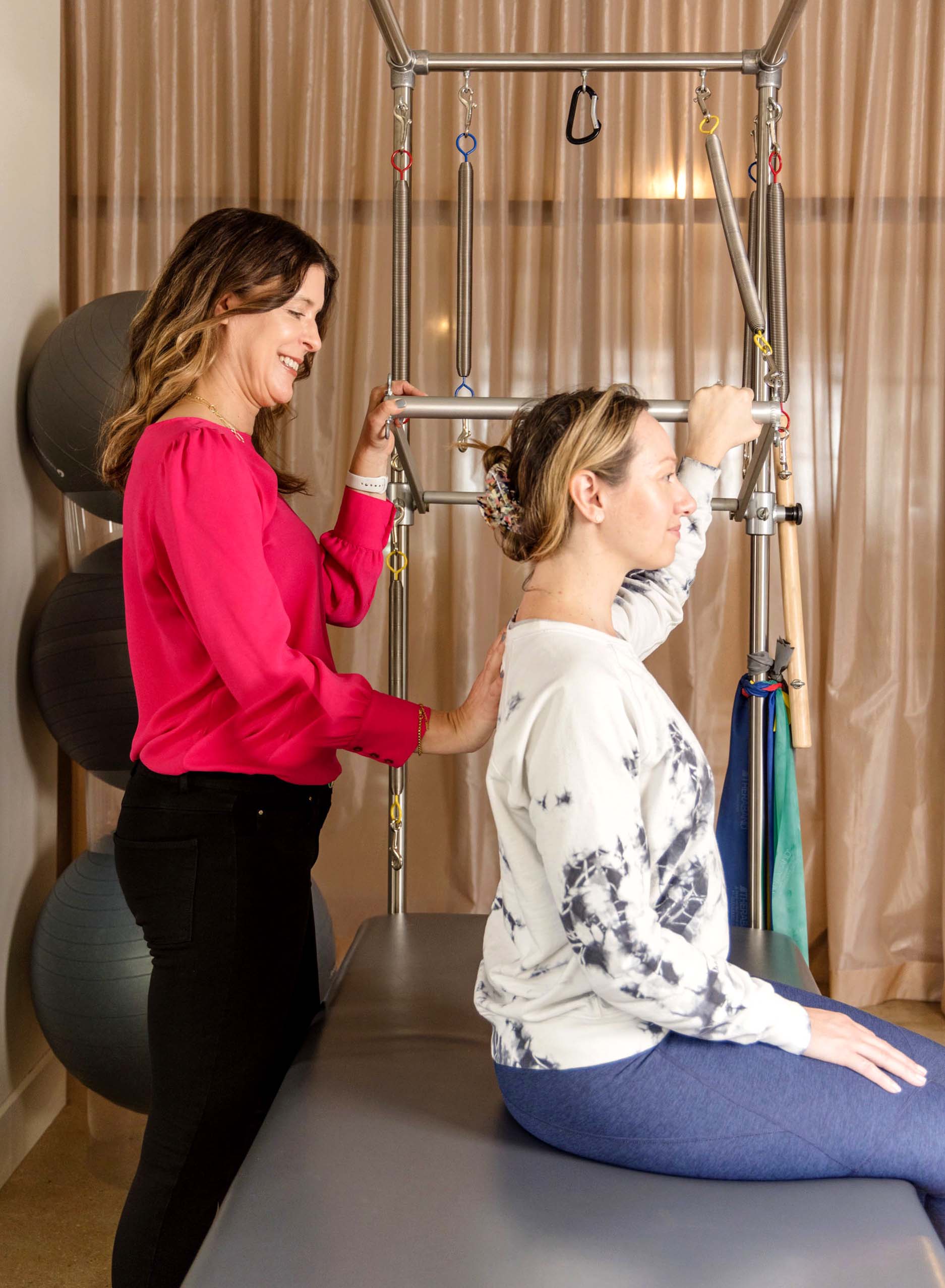Polestar Pilates
Empowering Health and Wellness Through Movement
We are excited to announce that Kerri Demitrovic is now certified in Polestar Pilates after completing 500 hours of learning, teaching, and performing Polestar Pilates. As always, Kerri is dedicated to offering a holistic approach to rehabilitation and wellness, and Pilates will be an integral part of her services.

What is Polestar Pilates?
Polestar Pilates combines the principles of traditional Pilates with evidence-based practices from physical therapy for a highly effective form of exercise and rehabilitation that focuses on improving strength, flexibility, and overall body awareness.
Benefits of Pilates for Rehabilitation Patients
• Improved Core Strength
• Enhanced Flexibility
• Pain Relief
• Mind-Body Connection
• Low-Impact Exercise
Effectiveness of Polestar Pilates
The evidence-based approach of Polestar Pilates makes it highly effective for rehabilitation patients. Exercises are tailored to individual needs, considering each patient’s specific condition, limitations, and goals. The combination of controlled movements, breath work, and targeted muscle engagement creates an environment conducive to healing and recovery.
Who Can Benefit?
Polestar Pilates can benefit a wide range of rehabilitation patients, including:
• Individuals recovering from orthopedic surgeries (e.g., joint replacements)
• People with chronic pain conditions (e.g., back pain, arthritis)
• Athletes seeking injury prevention and rehabilitation
• Individuals with neurological conditions (e.g., multiple sclerosis, Parkinson’s disease)
• Those with musculoskeletal injuries (e.g., sprains, strains, disc issues)
• Seniors looking to improve balance and stability

